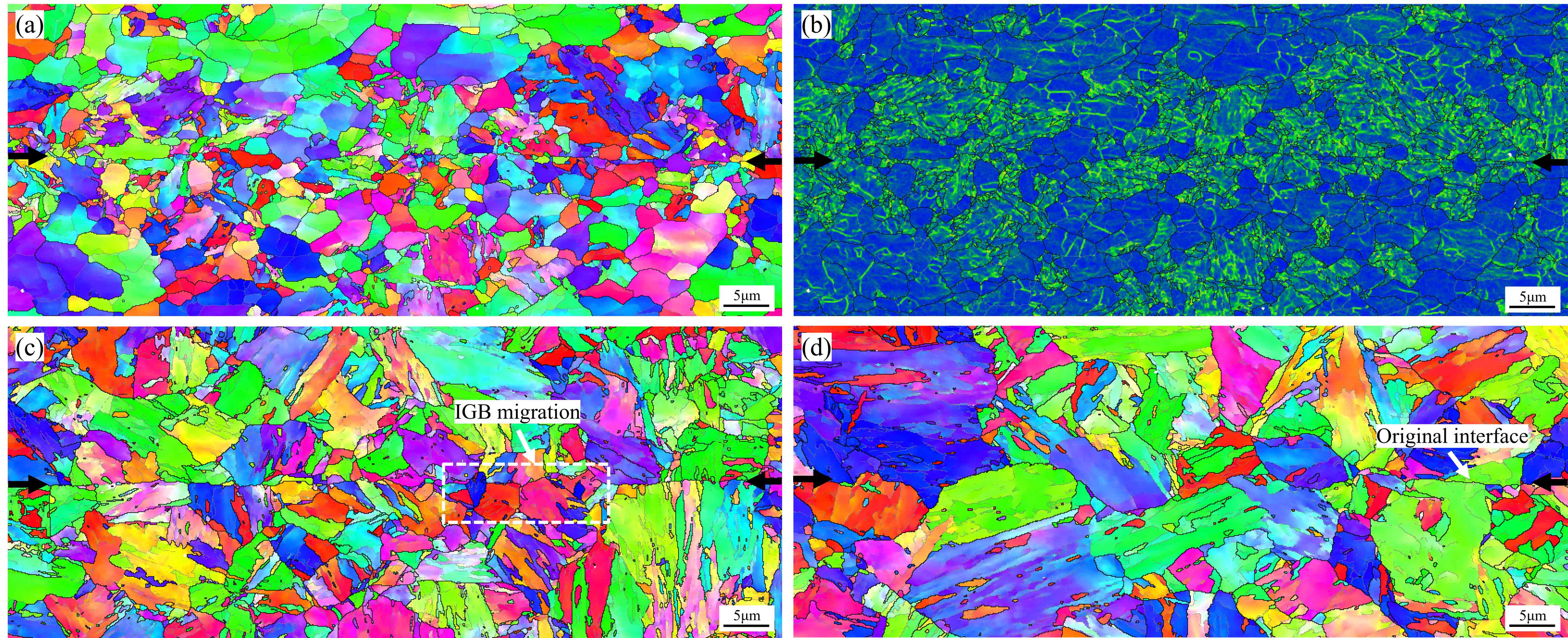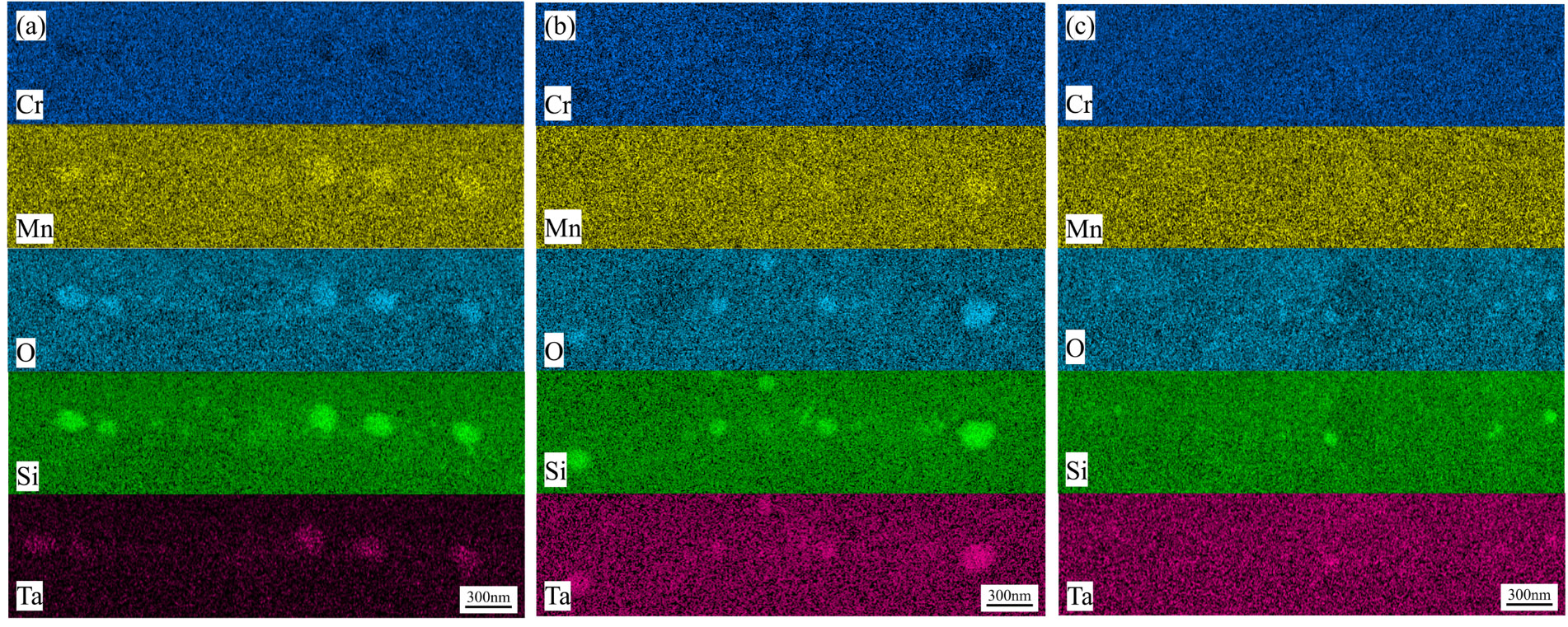
A research team led by Prof. HUANG Qunying from the Hefei Institutes of Physical Science of the Chinese Academy of Sciences (CAS), in collaboration with the Institute of Metal Research of CAS, recently conducted a study on the evolution of interfacial microstructure and oxides in China Low Activation Martensitic (CLAM) steel via hot compression bonding.
The results are published in Materials Characterization.
CLAM steel is the primary candidate structural material for fusion reactor due to its low activation, high mechanical properties, irradiation resistance and corrosion resistance etc. However, the development of welding technologies for CLAM steel is with challenges. The conventional joining method is difficult to obtain weld uniformity, which tends to coarsen the martensitic slat and the performance of joints is usually lower than that of the base material. It cannot meet the high reliability requirements of welded joints of fusion reactor components.
To solve the above problems, researchers developed the hot compression bonding (HCB) method to realize the effective bonding of components by promoting the interfacial grain boundary migration and recrystallization under the combined effect of thermal coupling. The results showed that the interfacial oxide and micro-voids could be eliminated after HCB process. The interfacial atomic-scale bonding could be achieved, so that the bonding interface would completely heal.
They also tested and observed the microstructure and oxides at the interfaces of the specimen via different conditions of HCB to see how they affected the properties. After subsequent 2-hour holding treatment at 1100oC, the tensile properties of the joint compressed with 20% deformation at the same temperature could matched those of the matrix. These findings suggest HCB technology removes original CLAM steel interface traces, preventing welding seam influence on component properties.
This study can provide an important reference for the efficient bonding of CLAM steel and the production of large components with no joints,according to the team.

EBSD images of interfaces at difference HCB temperatures: (a-b) 850℃, (c) 950℃, (d) 1050℃ (Image by BAI Yunfei)

EDS results of oxides at the interfaces after different holding time at 1100℃: (a) 0.5 h, (b) 2 h, (c) 6 h (Image by BAI Yunfei)